By Les Tan/Red Sports
The S.League, Singapore’s only professional sports league, is a 12-team football league that is into its 14th year. It was created after a Singapore government decision to pull out of the Malaysia Cup in 1995, ending a long history of participation dating back to 1921.
Bereft of natural rivalries, the S.League has never drawn crowds in the same numbers as the Malaysia Cup days, and getting sponsors for the league has been the yearly challenge of the league’s management.
The league received a boost when Great Eastern announced its sponsorship of the S.League yesterday, joining local beverage company Yeo’s as a co-title sponsor.
Great Eastern replaced market rival NTUC Income* and are reportedly ploughing in anywhere from $1.3 to $1.8 million, according to the local newspapers (Straits Times: $1,800,000 sponsorship boost for the S-League; Today: S-League’s new partners; Tuesday, February 17, 2009).
“We believe that the S.League, which is broadcast on television and reported in the media, will help us gain wider coverage,” Great Eastern Group chief executive officer Ng Keng Hooi told the Straits Times.
However, the only English media that reports consistently on the S.League is the Today newspaper, and that is on the back of an agreed advertising deal between Today and the Football Association of Singapore (FAS). The Straits Times, the main English broadsheet, does not cover the S.League on a sustained basis. Its sports pages are dominated by the English Premier League and other international sports.
The New Paper, an English tabloid, primarily covers the English Premier League and does not cover the S.League in a sustained, meaningful way either.
While there is a televised game every Friday on MediaCorp, Singapore’s only free-to-air broadcaster, television industry insiders say the viewership is small and the telecast is funded primarily by the FAS. In other developed sports broadcast markets, the norm is for the broadcaster to pay the football association instead for the broadcast rights. However, given Singapore’s tiny domestic market and the small number of viewers, that scenario is unlikely to happen in the near future.
Football plays an outsized role in Singapore because it is recognised as the only sport capable of reaching out to the masses. A key football game can bring in crowds of 55,000 to the National Stadium, something that no other sport has been able to achieve in Singapore to date.
As such, the FAS is the largest National Sports Association in Singapore with an operating income of S$17.5 million in 2007, according to its website.
So while other NSAs have to make medal positions at regional games to justify their annual funding from the Singapore Sports Council, the FAS sits in a different sphere even though the national football team has delivered no more than a 2007 SEA Games bronze medal this decade.
While the Malaysia Cup days and large crowds in the tens of thousands justified the involvement of sponsors like Tiger Beer (Asia Pacific Breweries), the S.League, with an average monthly crowd attendance in 2008 of between 1,500 to 2,200 (source: sleague.com), is a tough sell for marketers looking for a traditional return on their sponsorship investment.
On the face of it, there may have been competition for the title sponsorship with Great Eastern trumping market rival NTUC Income.
“We’ll look at it from another angle…I’m pleased that the insurance industry has been supporting local football,” Great Eastern CEO Ng told Today in reply to a question on whether his company had won a sponsorship battle against NTUC Income. “Previously, it was NTUC Income who sponsored football, and we’ll continue to support these programmes as it’s good for the wider community. It’s a privilege to promote and support local football.”
However, the S.League is not spoilt for sponsors. Currently, the other sponsors are Tiger Beer, RHB Bank, Mikasa (ball sponsor) and Polar. Tiger Beer spends far more on its English Premier League broadcast sponsorship and, despite it being a local Singaporean brand, is spending significant sponsorship money on Arsenal FC of the English Premier League and FC Barcelona of the Spanish Primera Liga in regional deals.
Singapore Pools, which runs the betting pool for the S.League, is a significant sponsor of the league. Funding from Singapore Pools is understood to account for a significant portion of the local clubs’ operating budgets and without it, the league would not be viable.
The pervasive reach of the English Premier League via cable television has meant that private commercial companies have lined up their marketing budgets behind their broadcast sponsorships. Nokia, together with Tiger Beer, are the current sponsors of the English Premier League on ESPN Star Sports and because the broadcaster has a large regional footprint, Nokia and Tiger have to stump up significant cash amounts to maintain their top-of-mind presence and awareness. The S.League has suffered as a result. With every English Premier League game available on cable, the S.League cannot compete in the entertainment stakes.
Can the S.League transform itself into a viable commercial entity that doesn’t depend on betting funding and is run profitably on gate revenue, sponsorship funding and broadcast rights fees?
Yes, but it will have to go regional. For the same reason that the Singapore economy has never depended on the local market and the founding fathers decided that the island economy had to plug into the world economy to survive, so too must the S.League take that route.
This may ruffle parochial feathers in the region, but an S.League that sees teams from Vietnam, Indonesia, Malaysia, Brunei and Thailand taking part will be far more exciting and absorbing for the average fan. Witness the 48,000 that turned up to see Singapore play Vietnam last December 2008 in the ASEAN Football Championship (Suzuki Cup).
The tribal nature of football means that the average fan derives a far greater primal pleasure from watching his team beat a close rival. When Singapore had an arguably more important game against Jordan last month with Asian Cup qualification at stake, only 6,188 fans turned up.
A Singapore-versus-Malaysia game with pride and silverware at stake will always trump an SAFFC versus Home United game for the Singapore Cup or S.League title. In the run-in to the S.League title last year, the average crowd attendance actually dropped, even though it was a three-way race with Home United and Super Reds breathing down the necks of SAFFC and the quality of play of the three teams was good.
Given that most Singaporeans do not identify themselves by the area they live in, the S.League suffers from a primary inability to attract enough fans who can connect on an emotional level. Few are the fans who will go to town and paint it red when Woodlands Wellington unexpectedly beat SAFFC.
The picture of a Chelsea fan shown crying after his team lost a crucial game in one of the national newspapers last year suggests that the English Premier League has made its home in the hearts of the average football fan. The mini-shrines to Liverpool or Manchester United that fans set up at the back of their cars will provide further proof of this fanaticism.
For this reason, the English Premier League sees Asia as a marketing bonanza. The constant visits by English teams to Asia to vacuum up seven-figure, million-dollar appearance fees as well as the proposed 39th game – a 39th English Premier League game played only in Asia – show that the the English Premier League bosses have no qualms about moving into the region to the detriment of local leagues.
The English Premier League would never do that in Europe but Asia is easy meat, because the S.League, as well as the other leagues in the ASEAN region, right now have no means of competing against the English Premier League juggernaut.
The ASEAN Super League – a professional club team format – is still an idea on paper, even though it makes sense to go that route and quickly. The regional format of the ASEAN Football Championship has been proven to be a good idea – but it is only three weeks long and happens once every two years. A regular season, home-and-away championship format is needed for the region to hold its own against the English Premier League.
A regional league will naturally allow the respective ASEAN countries a chance to build a sustainable local sports industry around it in broadcasting, tourism and merchandising. The English Premier League sucks up a tremendous amount of money out of Singapore and away from a local league.
With 300,000 subscribers for the sports package on StarHub, fans crazy for their diet of English Premier League games pay S$96.3 million just in cable fees to StarHub every year. That is five times the 2007 operating income of the FAS.
A regional league also gives a natural impetus to a local league because there will be a constant compelling reason to perform well to impress the national coach and make the team. Right now, the incentives to do so are few. The last national team game was in January 2009 against Jordan and the squad doesn’t play until November 2009 in the Asian Cup Qualifiers.
The foot-dragging by the ASEAN Football Federation (which sanctions the ASEAN Football Championship) has meant that the honour of the first professional sports league in ASEAN will go to the sport of basketball. Led by its chairman Tony Fernandes, the ASEAN Basketball League has brazenly set themselves a target of September 2009 to tip off. It is a league that, on paper at least, understands that at its core, fans identify with tribal identities.
The S.League is without a doubt a necessity for the national football set-up. Without it, the national team players will never get enough regular games, and age-group prospects will have no Prime League to nurture their talent. But it needs to transform itself to become something more than just a collection of glorified training matches for the national cause.
When that happens, and the league is pulsating with tribal passion and excitement, chances are that sponsors will be knocking down the doors at Jalan Besar Stadium.
Related Stories
Slingers set for ASEAN Basketball League in September 2009
The main reason why the ASEAN Basketball League will work? Tony Fernandes
The Game 39 proposal of the English Premier League (or how to extract more money from Singaporeans)
* NTUC Income sponsorship was between $400,000 to $600,000 a year (Source: Today: S-League’s new partners; Tuesday, February 17, 2009)
NTUC Income spent more than $8 million in a 13-year association with the S.League (Source: Straits Times: $1,800,000 sponsorship boost for the S-League; Tuesday, February 17, 2009)

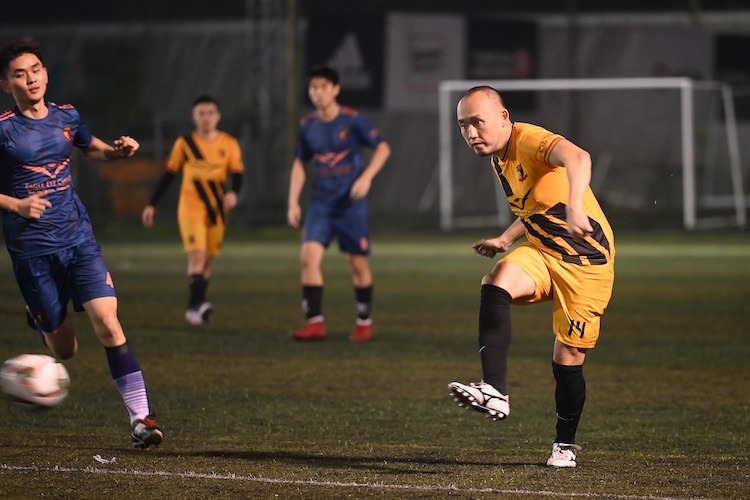
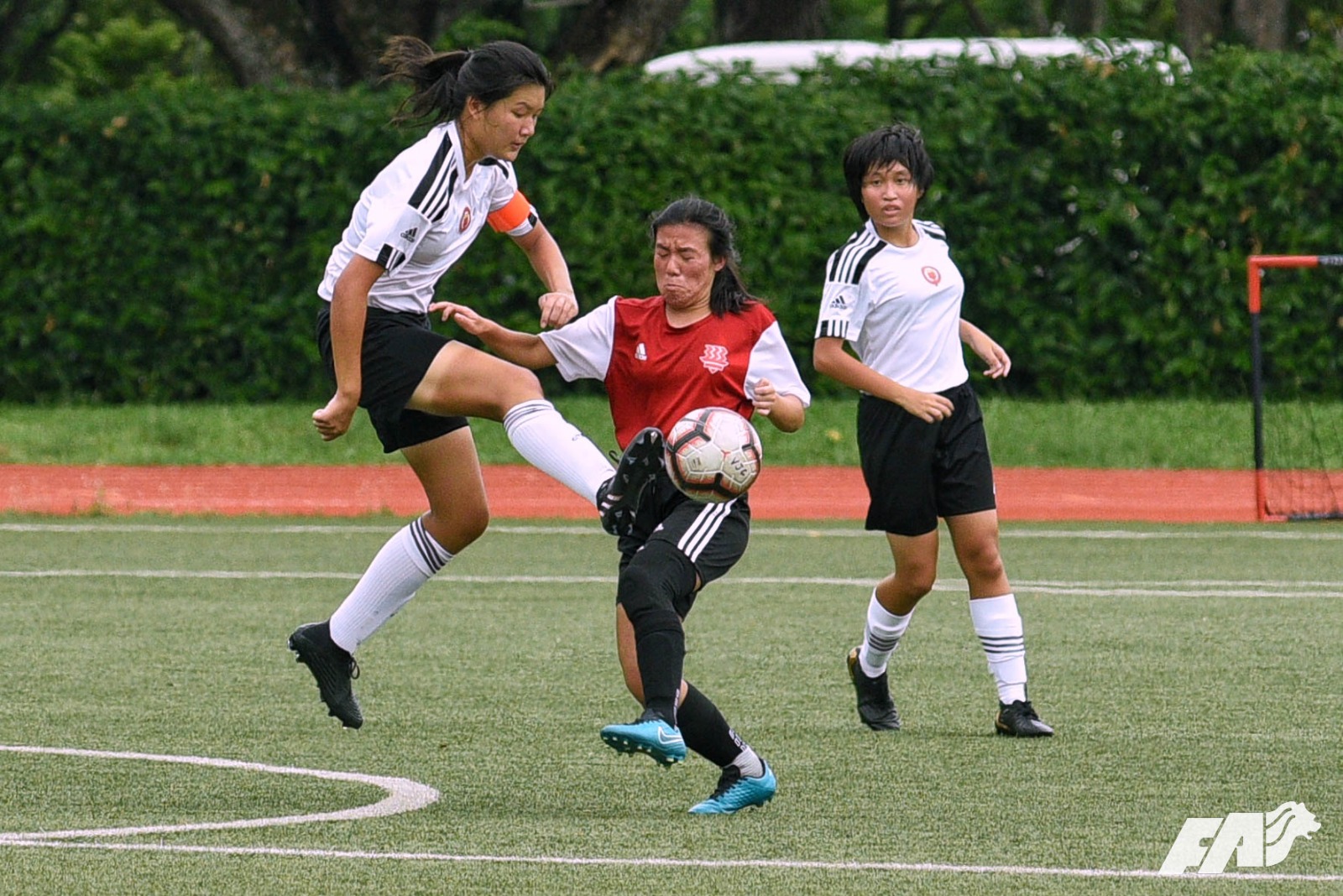
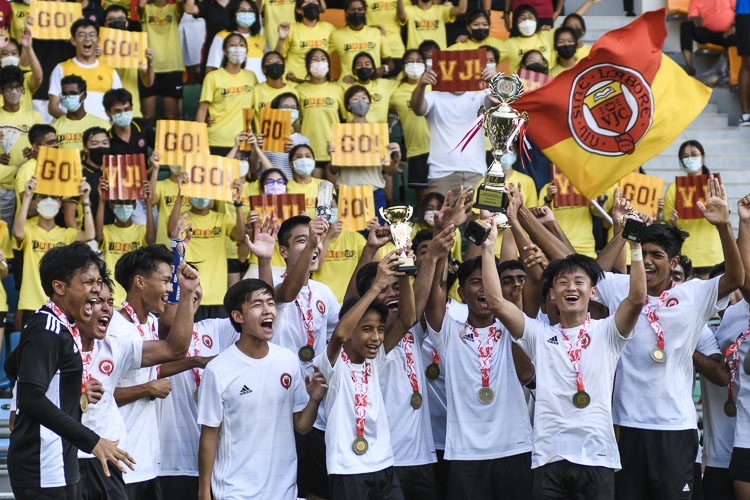
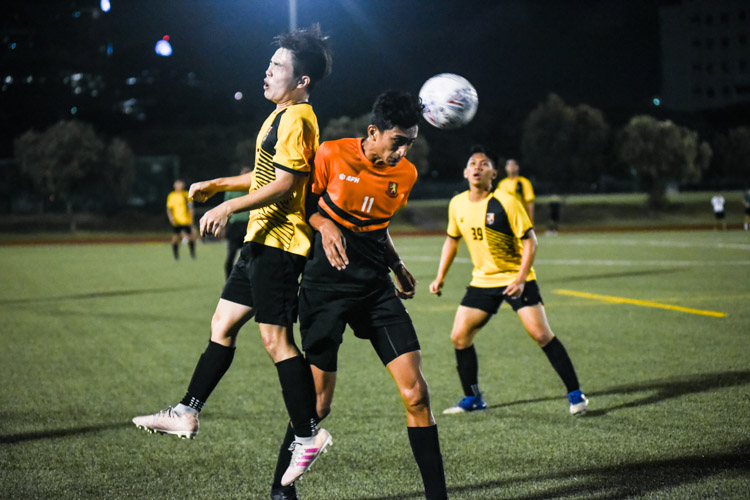
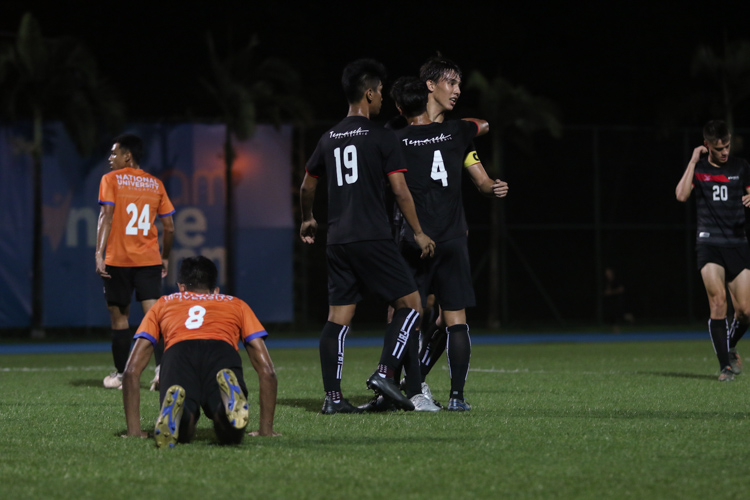
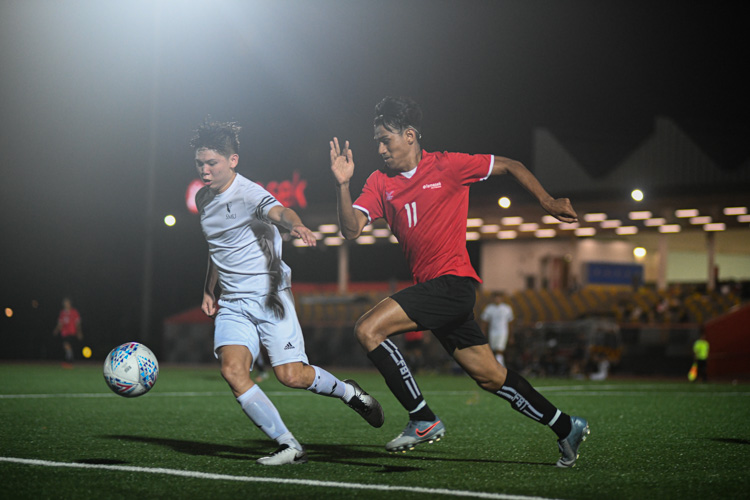
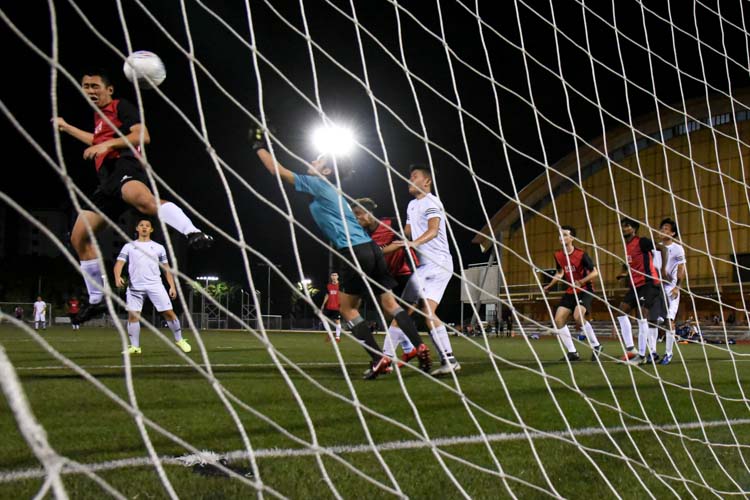

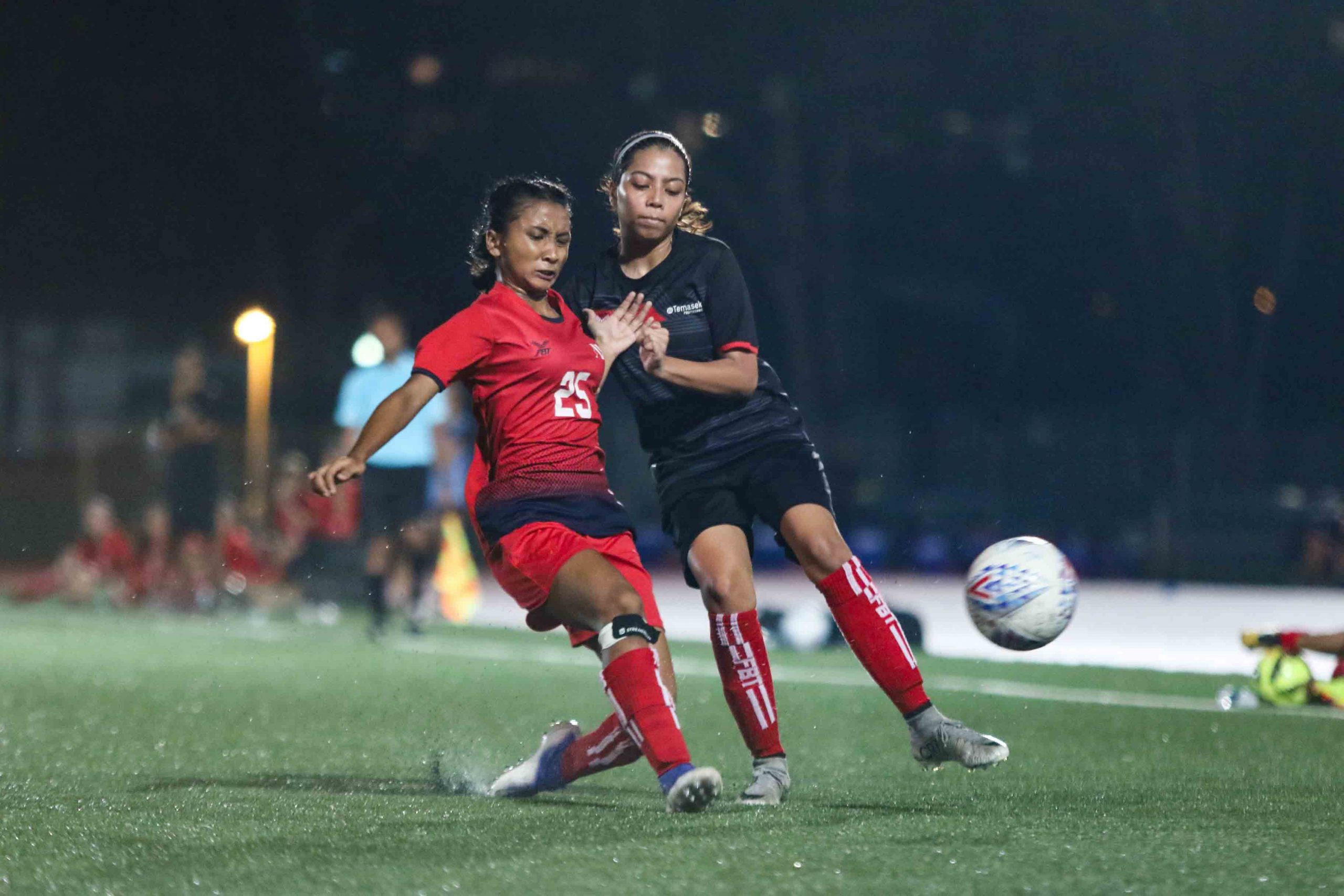
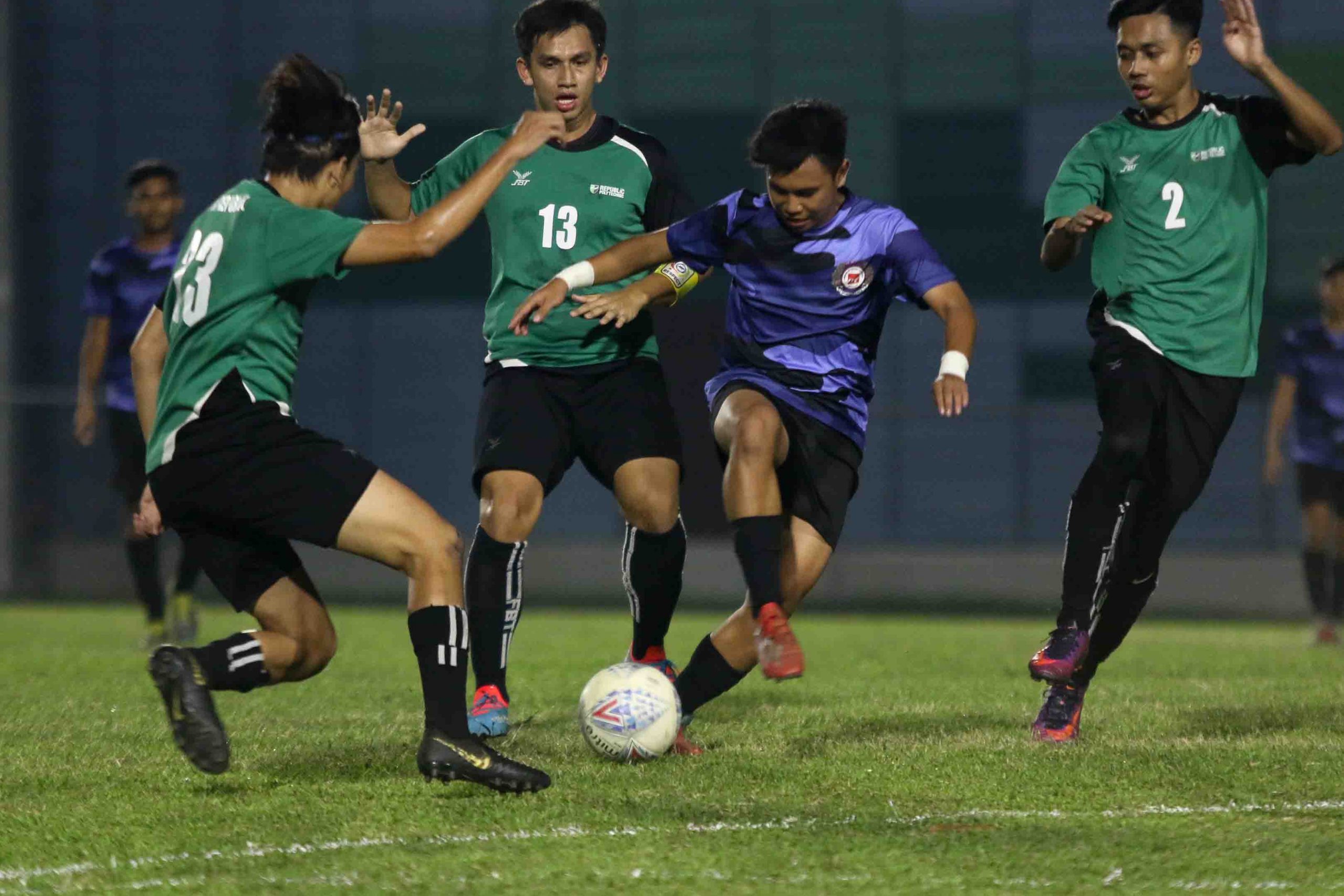
Hi,
Glad that you guys are concern about out league and also a reminder of the Malaysia Cup days.
Nevertheless, i don’t know how many of you grow up with the Malaysia Cup days of the 70’s. The atmosphere is entirely different. Still wondering what is the actual story behind, were we kick out or withdrew to form our own league. In my opinion, someone make a mistake of withdrawing Singapore from the M cup. The truth is still hanging there keeping us dark since the withdrawal.
Even if we were to get back to M Cup, i doubt if it will create anymore excitement especially when it comes to standards, they are of equal qualities and no big star to stage the frontiers.
In my opinion, the S.league runs by the current staffs should be scrap and new management just like the SAA should take over the helm. The current people’s are not working and idling hanging on, contented with their roles in/out feeling comfortable with their fat salaries.
Hope the changes come sooner before it is too late.
Hi Daniel, glad you enjoy the site. Feel free to send in any story or opinion about Singapore sports if you like.
We welcome contributions from readers.
Cheers
les
Hi Les,
Great site..love the concept. Good that you are creating an avenue for local sports. It’s such a shame that the papers don’t do the same. As much as the leagues in Europe are of a higher standard, we should not neglect the things closer to home…
Dan
Let’s see how DPMM’s participation goes.
perhaps S-League itself can develop into a mini-Asean Football League + some non-asean team of course.
Hi Les
It’s not so much what happened. It’s opening up the possibilities for corruption.
After all, by putting the referees in the same hotel, aren’t you increasing the risk of them being easily approached by team officials bearing gifts…
That be true, SSF.
You can just see it happening.
Really?
So what happened when they were together in the same hotel? Sorry I’m a bit thick. Did they collude?
I didn’t realise the 2007 Tiger Cup final also had corruption suspicions surrounding it (although I did remark that it seemed a remarkable result in Jakarta).
Hi Les
IMHO, the people running the AFF are a bunch of clowns.
Nothing gets done, things move slowly and stupid mistakes are repeated ad nauseaum
What sort of mistakes?
– Like housing players and referees in the same hotel (which happened in the 2005 Tiger Cup in Jakarta)
– Like allowing violence on the field to go relatively unpunished (like the slaps on the wrist that the Myanmar players got for fighting and throwing water bottles at the Lions)
Any wonder why a tournament like the Tiger Cup can feature a semi-final between two sides conspiring to lose the game, to the exent of intentionally scoring own goals? (ie Thailand and Indonesia in 1998)
Any wonder why scores seem to be accurately predicted even before the start of any Tiger CUp match (ie the first leg of the 2007 final between Indonesia and Singapore which saw Indonesian media mn accurately predicting the winning score for Singapore)?
At the end of the day, my impression is that the AFF oficials are just biding their time in the AFF secretariat and waiting to land the plum jobs at the AFC
Sincerely
SSF
was told this Asean Football League was proposed to AFC before,
but rejected by it’s member. anyone can verified ?
someone should study the format again and reproposed it to AFC for consideration.
no rejection should stop any dream…
The ASEAN Football League died at the ASEAN Football Federation level.
They have been talking about this idea for a long time but took no action.
Hi
I remember it vividly.
the gate collection was 25%, but in 1995, after Singapore wins the double. FAM wanted 50% levy of the gate collection. this is on top of the proceed we have to share with the visiting team.
Mind you, the gate collection in Kallang alone is slightly more than 50% of FAM’s total collection!
Yes, that’s more than ALL the Malaysian states COMBINED!
Selangor comes closest at 20-25% of the total gate collection.
We were feeding the Malaysian team and FAM for all those years!
back to Asean Football League.
I think it’s an idea worth trying.
we’ll see how the ABL performs, perhaps within the next decade
the idea might come through.
but hope it won’t take that long.
Hi SSF!
Yeah I was 9 years old when that happen and I remember my grandfather, who taught me football (!), told me it was a “political” situation akin to like 1965 ha ha – that’s how it stayed in my memory until this day and I remember coming across a book/blog where someone exposed the “insider story” of what happened but I didn’t pursue it. If I come across it again, will share. : )
Hi Jan
I am not sure if it is accurate to say we were evicted from the M-League.
If memory serves me correct, we opted to quit the M-League after the FAS decided it could not stomach the new revenue/gate receipt-sharing demands that the FAM was going to impose on it for the 1995 season.
Les, this is a good and insightful piece. I felt I learnt something new from it.
Regards
SSF
Thanks, SSF.
That last year in the Malaysia Cup was in some ways a scam.
Every game I went to at the National Stadium, someone would tell me the score because the bookies had fixed it.
I refused to believe folks. But lo and behold, the score would somehow be what they say.
Sorry to burst anyone’s bubble about it.
The corruption was endemic. I think that was another impetus for getting out.
I forgot about the demands for a greater gate receipt by the Football Association of Malaysia.
They killed the goose that laid the golden egg. Their league is a shadow of the past.
For a few years now, an ASEAN league is something I have been expounding to anyone who will listen, most recently – http://fiofafi.wordpress.com/2008/12/05/meet-the-player-meet-the-man-dirk/#comment-3120.
I have also been arguing in favour of transnational European league(s) – http://footballinsights.wordpress.com/category/competition-structures/.
We were discussing actively about this in other forum
http://www.bigsoccer.com/forum/showthread.php?t=890425&page=12
were you reading it ?
it doesn’t matter, I am glad it’s brought up by local sports media ‘Redsports’
I’m personally in for the Asean League. and I’m sure it will definitely more successsful than S-League.
infact, both league can go hand in hand, while S-League remains a domestic league + couple of foreign (non-asean) teams.
Perhaps the coming Asean Basketball League & Brunei DPMM FC’s inclusion in the S-League could be the test bed for a potential Asean Football League.
Hi Moon, No I wasn’t aware of that forum actually.
Thanks for letting me know.
The bball boys have taken the bold step with their experiment. Whether it works, only time will tell.
I’d very much look forward to a regional league! However, I think until reconciliations are properly made between Singapore and Malaysia for the the mid-1990s incident that saw the Lions being ‘evicted’ from the then-Malaysia Cup, it would be challenging for an ASEAN league to happen.
Everything about that incident seemed to have been swept under the carpet to this day. The ghost will always be there to haunt and history is thus set to repeat itself until the roots are cut off.
Even with the “short-term” AFC, it seems like there is a lack of consensus/common understanding of the game and it doesn’t help that Singapore always kena the spotlight for unpretty brawls – like the Thailand incident in 2007 and then Myanmar nearly staged a walk-out last year.
My hunch is, perhaps if the ABL turns out to be a success, AFF will follow their game plan and model for a regional league… we’ll see. : ) But I think despite all, the main challenge will always be that for a sustainable professional ASEAN super league to exist, there must be enough depth and quality in the league, and not just thrive on nationalism/loyalty to drive spectators’ support.